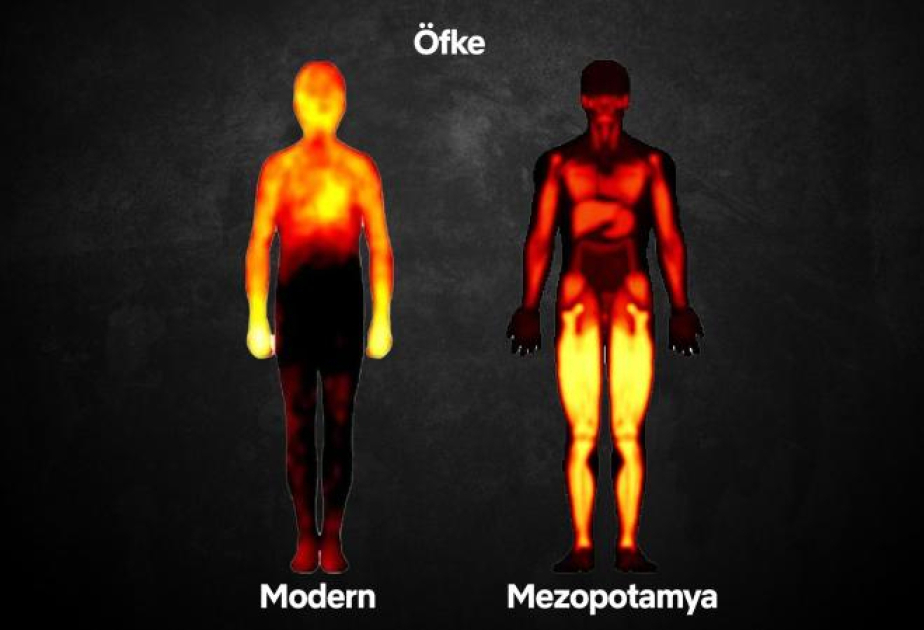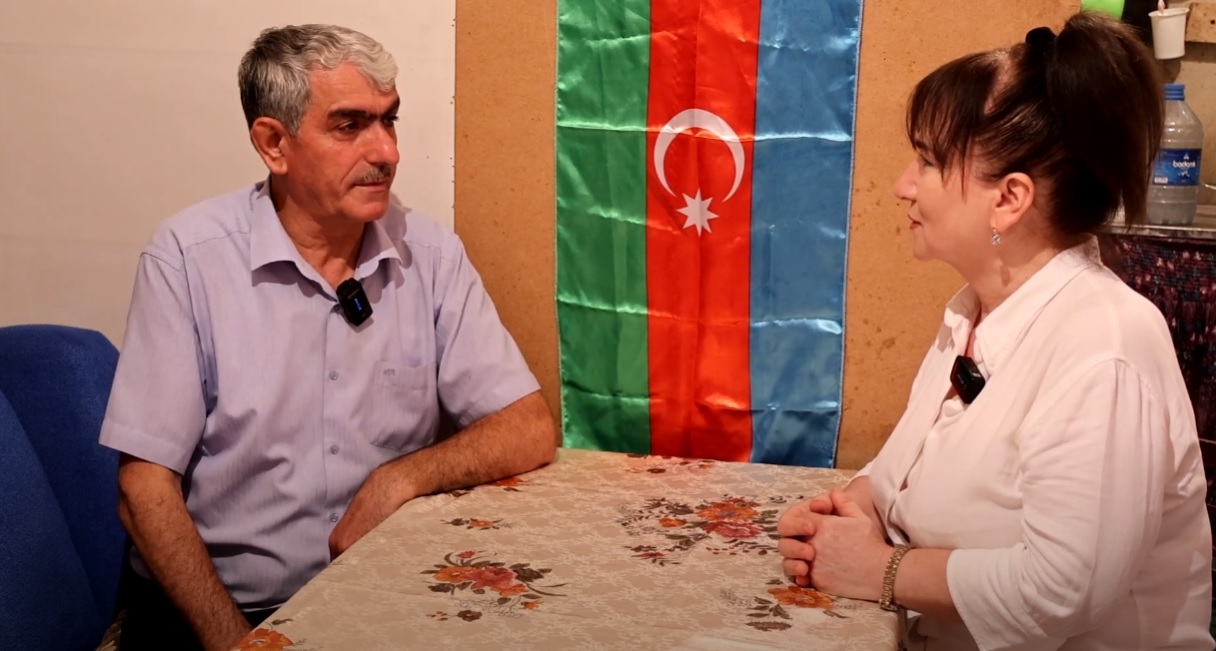In all great writings, such as literature and song lyrics, the writer often associates certain emotions with body parts. If a person sees a crush, they may feel ”butterflies in their stomach.” If a person is experiencing a moment of pure happiness, they may say that their ”heart is full.” The same can be said if the person is experiencing heartbreak or a “churning in their stomach” if they’re feeling nervous or angry, according to discoverymagazine.com.
But what if someone said that their “liver was full” or that they felt “anger in their feet?” Emotions and the body are nothing new, but they may have felt different for ancient humans like the Ancient Mesopotamians.
After analyzing ancient cuneiform writings, an international research team believes that earlier humans may have felt emotions differently than we do today. These findings, published in the journal iScience, could indicate how our emotions and feelings evolve over time.
A multidisciplinary research team from the University of Helsinki, Aalto University, University of Turku, and Johannes Gutenberg-Universität Mainz analyzed clay tablets with cuneiform scripts with over one million Akkadian words. According to the findings, the ancient Mesopotamians had a general understanding of their internal human anatomy.
“Even in ancient Mesopotamia, there was a rough understanding of anatomy,” said Professor Saana Svärd of the University of Helsinki, an assyriologist and lead researcher of the study, in a press release. “For example, the importance of the heart, liver, and lungs.”
Ancient Mesopotamians often described feeling positive emotions in the liver and used words such as "open," "shining," and "being full" to describe those feelings.
About 10 years before the release of this project, Finnish researchers released a study indicating how emotions were mapped across the human body. The study discussed how emotions such as anxiety may be felt as a tightness in the chest or how love may present a warm sensation across the body.
According to the mapping study, our bodies react physically and mentally to these emotions to prepare us to run, fight, or obtain pleasurable interactions. The mapping study participants were presented with an emotion and then asked to color in on a body image where they felt that emotion.
Researchers from the ancient emotions study used the findings of the mapping study to create bodily maps for the ancient Mesopotamians.
“If you compare the ancient Mesopotamian bodily map of happiness with modern bodily maps, it is largely similar, with the exception of a notable glow in the liver,” said cognitive neuroscientist Juha Lahnakoski, a visiting researcher at Aalto University in a press release.
Another way the emotions of ancient Mesopotamians and modern humans differed was that modern humans tended to feel anger in their upper body, but the opposite was true for ancient Mesopotamians; they felt anger in their feet. And even though love may be felt in the heart by both groups of people, ancient Mesopotamians also felt love in the liver and knees.
“It remains to be seen whether we can say something in the future about what kind of emotional experiences are typical for humans in general and whether, for example, fear has always been felt in the same parts of the body. Also, we have to keep in mind that texts are texts and emotions are lived and experienced,” said Svärd in a press release.
Though it’s interesting to compare the emotions of ancient Mesopotamians and modern humans, the researchers say that it’s important to keep in mind that the modern body maps were created from first-hand emotions, while the ancient Mesopotamian maps were created based on what was written in the clay. Not everyone had access to reading and writing in ancient Mesopotamia, so their thoughts and experiences were left to the mercy of scribes.




.webp)











